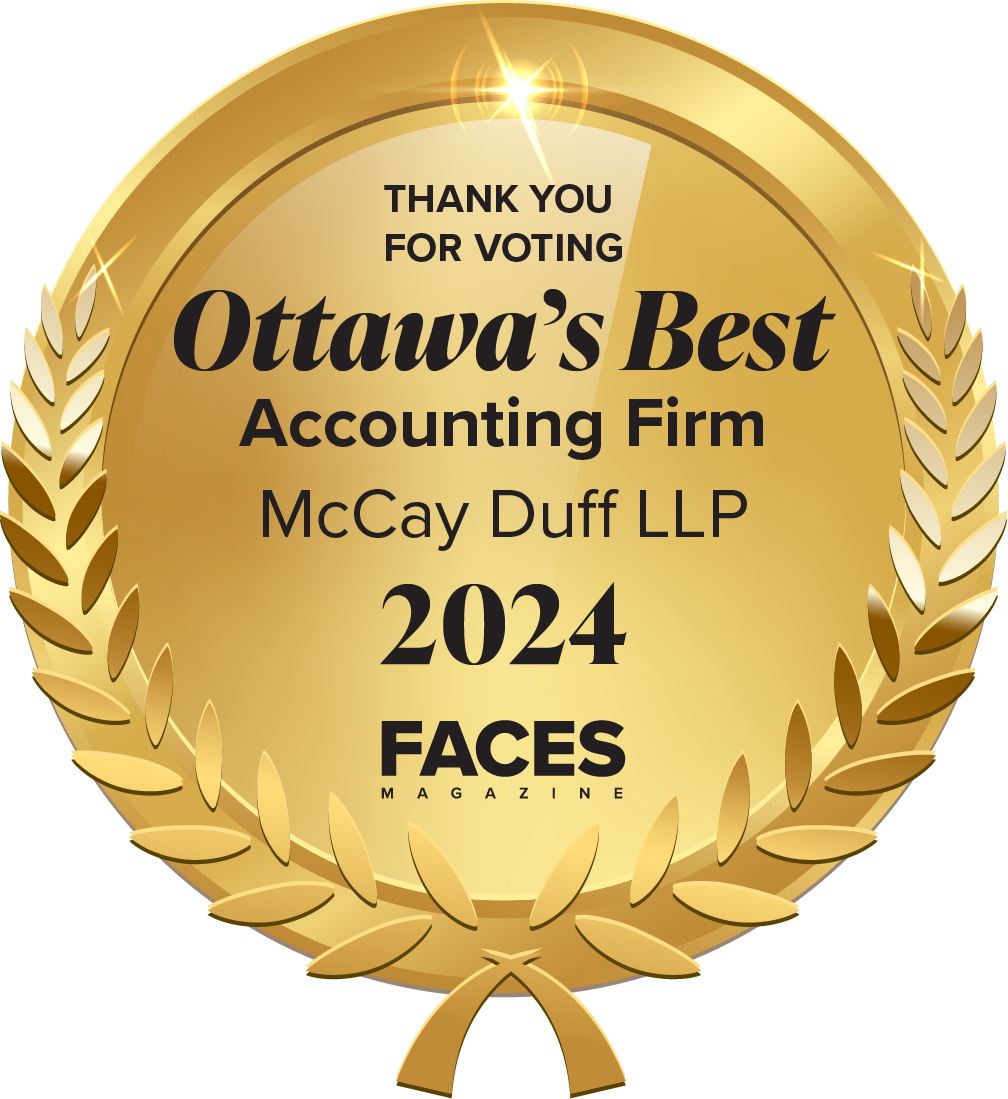Under the market approach, appraisers use guideline companies to help them estimate the value of a private business. With so many companies in circulation, this approach has become a long-standing valuation touchstone.
This article discusses two primary valuation methods that are categorized under the market approach: the guideline public company method and the guideline merger and acquisition method.
The guideline public company valuation method
Under this method, appraisers identify companies whose stock (or partnership interests) is actively traded in the public markets, such as the AMEX or NYSE. Then they calculate key financial variables, using the stock price and a variety of pricing multiples such as price-to-revenue, price-to-net income and price-to-book.
Financial variables may be calculated for a variety of time periods, such as next year’s forecasted performance, the preceding 12 months, or an average of the last five years. The appropriate pricing multiple depends on case specifics and is a matter of the appraiser’s professional judgment.
The subject company’s fair market value equals the pricing multiple times the subject company’s financial variable (for example, revenues, net income or book value). Because the guideline public company method is based on individual stock prices, under certain circumstances it generates a minority, marketable basis of value.
The guideline merger and acquisition (M&A) valuation method
For guideline transactions under this method, appraisers analyze sales of entire public or private businesses. So this technique typically generates a controlling, marketable basis of value.
Because private businesses aren’t required to disclose sales to the SEC, finding out their details can be difficult. Fortunately, appraisers have access to several proprietary databases (such as Pratt’s Stats, Done Deals, BIZCOMPS and the IBA Market Database) that can identify and analyze private deals.
Once they’ve identified a relevant sample of potential guideline transactions, appraisers calculate pricing multiples relative to key financial variables. Fair market value is a function of the pricing multiple and the subject company’s financial metric (say, last year’s revenues or book value).
Which valuation method is best for your business?
The availability of transaction data is a key determinant of whether an appraiser uses the market approach. Pure players (companies that focus on a single target market or offer a limited menu of products) may be hard to come by in the public markets — especially in industries dominated by conglomerates. And some industries lack a meaningful sample of M&A transactions, particularly those involving small niche participants.
In general, the guideline public company method makes more sense if the subject company is large enough to consider going public and when valuing a minority interest in a going concern business.
Using this method to value a controlling interest may require subjective adjustments for control.
Conversely, the guideline M&A method is generally more appropriate when valuing controlling interests.
But, with proper adjustments and analyses, it can be used to value minority interests.
Other disadvantages of the guideline M&A method are that transaction databases provide limited information about guideline companies, details provided are unverified, and the sales price may include buyer-specific synergies and undisclosed terms (such as installment sales, employment contracts and non-compete agreements).
To choose the best possible valuation method and type of valuation report for your business under the market approach, there are several factors that need to be considered. Our team of professionals at McCay Duff LLP are ready to work with you throughout this process. Contact your McCay Duff advisor today to get started!





